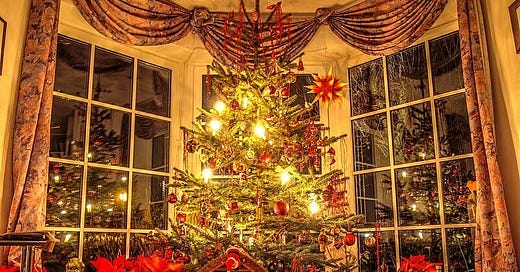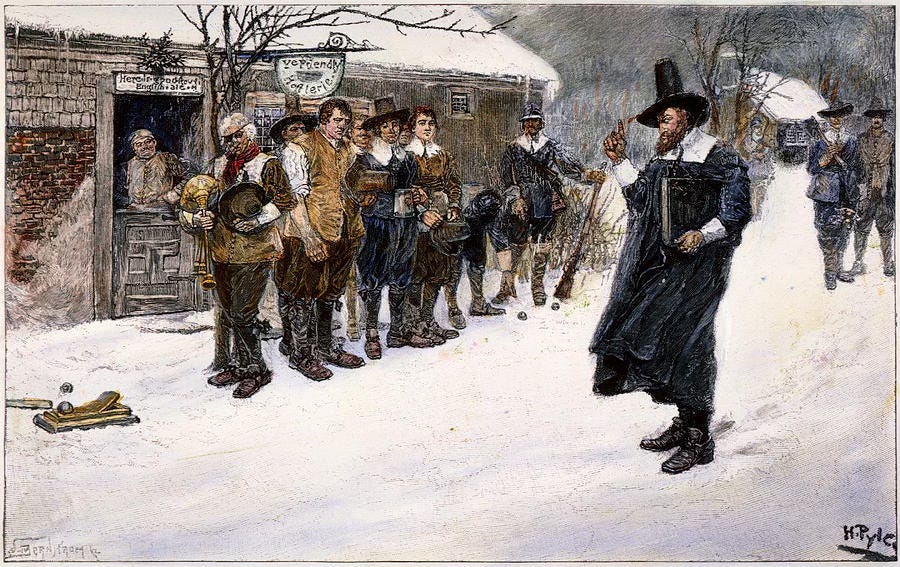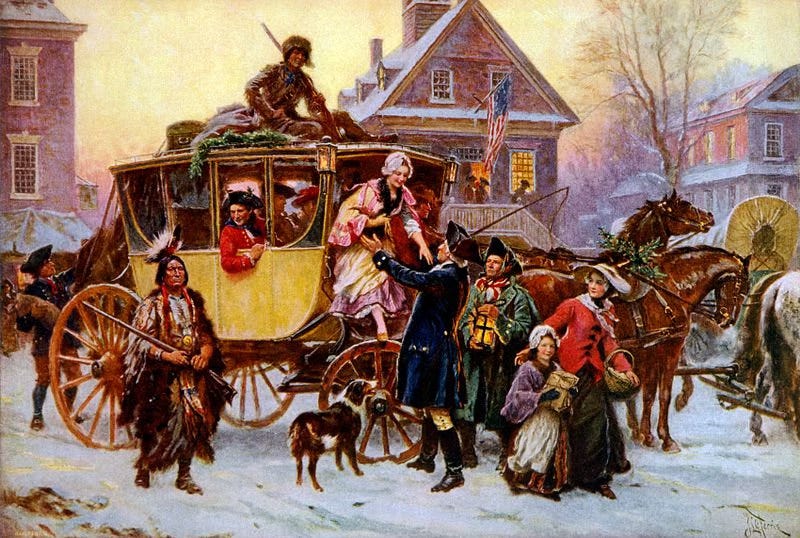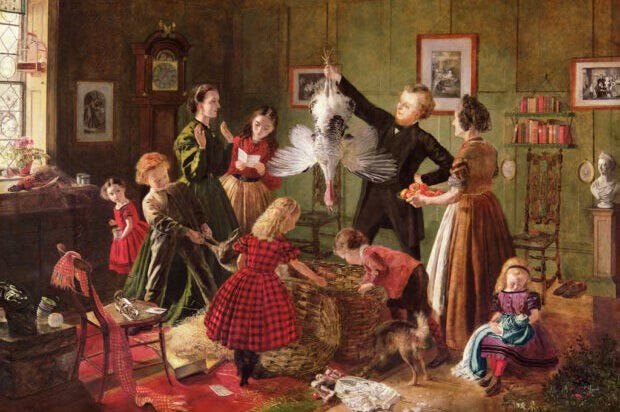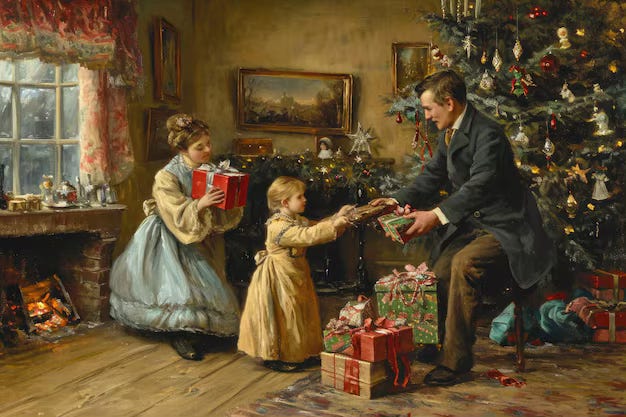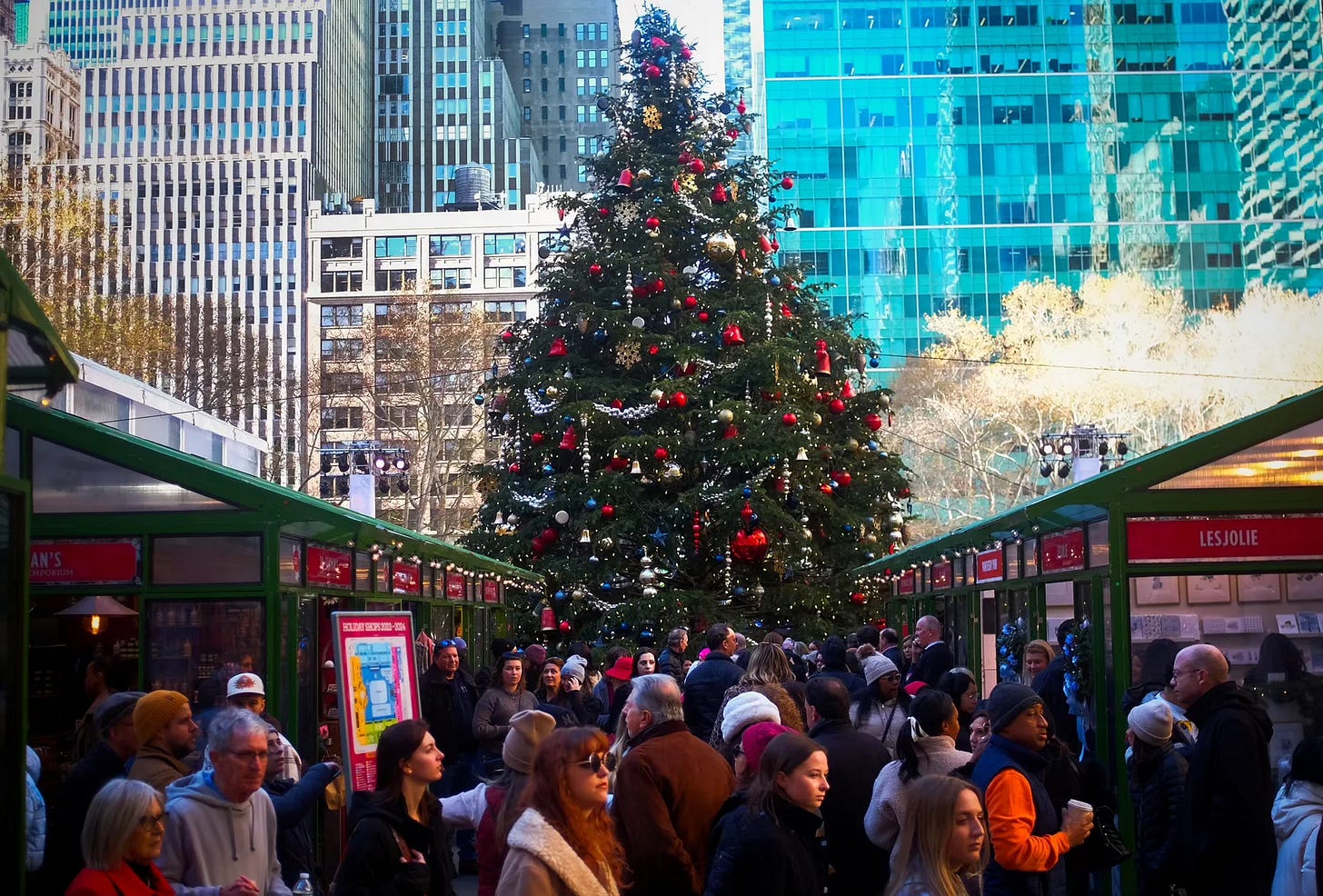The Origins of Christmas in America: From Colonial Times to Today
Christmas, as we know it today, is a beloved and widely celebrated holiday marked by joy, family gatherings, festive decorations, and the giving of gifts. However, the celebration of Christmas in America has evolved significantly over the centuries, influenced by European traditions, early colonial practices, and the blending of various cultural influences. The roots of Christmas in America stretch back to the colonial era, and the holiday has undergone numerous transformations since then, reflecting the nation's growth, cultural diversity, and societal changes.
This blog post will explore the origins of Christmas in America, beginning with its early colonial roots and tracing its evolution into the modern-day holiday we cherish today. From Puritan New England to Victorian-era Christmases, we’ll uncover how European customs melded with uniquely American practices to create the holiday tradition we celebrate.
The Early History of Christmas in Colonial America
The history of Christmas in early America is marked by its regional differences and the attitudes of various religious and cultural groups toward the holiday. Unlike Europe, where Christmas traditions were firmly entrenched, the celebration of Christmas was initially a contentious issue in the American colonies. For many early settlers, Christmas was far from the festive occasion we know today.
Puritan New England: A Holiday Banned
The Puritans, who settled in New England during the early 17th century, had strong religious convictions that led them to oppose the celebration of Christmas. For them, Christmas was a "popish" holiday associated with Catholic rituals, feasting, and merrymaking. The Puritans believed that such celebrations distracted from the true purpose of religious observance and went against the biblical principles of simplicity and austerity.
As a result, Christmas was banned in Massachusetts from 1659 to 1681. During this period, anyone caught celebrating Christmas faced fines and public celebrations were discouraged. This ban was rooted in the belief that Christmas had become too secular and irreverent, focused more on revelry than on religious devotion.
While the Puritans were strict in their opposition to Christmas, their influence was not universal across the colonies. In the Southern and Mid-Atlantic colonies, Christmas was celebrated in various forms, influenced by European traditions, particularly those from England, Germany, and Spain.
The Influence of European Traditions on Early American Christmas
As European settlers made their way to the New World, they brought their Christmas traditions with them. In the South and Mid-Atlantic, settlers from England, Germany, and the Netherlands maintained their holiday customs, and these traditions began to take root in American society.
English Traditions: The Christmas Feast
In the early American colonies, English settlers continued many of the Christmas customs they had practiced in the Old World. Christmas was a time for family feasts, church services, and merry-making. Much like in England, families would gather to celebrate with large meals, music, and games. The Christmas feast, featuring roast meats, pies, and seasonal treats, became an important part of the American Christmas tradition.
In addition to the feast, the exchange of gifts also became popular, although it was often a simpler affair compared to today’s commercialized gift-giving. Children would receive small presents, often handmade, and adults might exchange tokens of affection or utility.
German Influence: The Christmas Tree
One of the most enduring symbols of Christmas in America—the Christmas tree—was introduced by German settlers in the 18th century. German immigrants, known for their elaborate Christmas traditions, brought the custom of decorating trees into American homes. This tradition was initially a regional practice, largely popular in Pennsylvania and other areas with large German populations. It wasn’t until the 19th century that the Christmas tree gained widespread popularity throughout the United States.
The custom of decorating trees with candles, ornaments, and tinsel grew over time, becoming a cherished part of the American Christmas celebration. By the 1850s, Christmas trees were a common sight in homes across the country.
Dutch Traditions: Sinterklaas and Santa Claus
Another European influence on early American Christmas was the Dutch tradition of Sinterklaas. Dutch settlers in New York brought with them the story of Sinterklaas, a jolly, bearded man who would bring gifts to children on his feast day, December 6. This figure would later evolve into the modern-day Santa Claus.
The transformation of Sinterklaas into Santa Claus was influenced by a number of factors, including the English poem A Visit from St. Nicholas (commonly known as The Night Before Christmas) and the commercialization of Christmas in the 19th century. Santa Claus’s image became increasingly popular thanks to the illustrations of Thomas Nast, a prominent 19th-century cartoonist, and the advertisements of Coca-Cola, which helped solidify the red-suited, jolly Santa we recognize today.
The Shift Toward a National Christmas Holiday
While Christmas was celebrated in various regions of America, it wasn't until the 19th century that the holiday began to take on its current national significance. This shift was influenced by cultural, social, and economic changes in the country.
The Victorian Era: A More Family-Centered Holiday
In the mid-19th century, the Industrial Revolution, urbanization, and the rise of the middle class changed how Americans viewed Christmas. Christmas, once a day for feasting and revelry, became increasingly centered around family, home life, and charitable giving.
One of the key figures in shaping the modern image of Christmas was Charles Dickens. His 1843 novella, A Christmas Carol, popularized the ideas of generosity, family togetherness, and the Christmas spirit. The character of Ebenezer Scrooge, who undergoes a transformation from a miser to a benevolent benefactor, captured the moral essence of Christmas for many Americans. Dickens’s depiction of Christmas helped to solidify the idea of Christmas as a time for reflection, kindness, and family bonding.
The Rise of Commercialization: Christmas Cards and Gifts
The 19th century also saw the rise of commercialization, with stores beginning to advertise Christmas sales and mass-producing Christmas cards. In 1843, Sir Henry Cole printed the first Christmas card in England, and it wasn’t long before the tradition spread to the United States. Christmas cards became a popular way for families to send greetings and goodwill to loved ones, and the practice grew rapidly through the latter half of the century.
Additionally, the practice of giving gifts became more widespread during this time, as retailers began to promote holiday shopping. By the late 19th and early 20th centuries, Christmas had become a consumer-driven holiday, with gift-giving becoming one of its central traditions.
Christmas in Modern America
Today, Christmas in America is celebrated in various ways, shaped by the diverse cultural influences that have contributed to its evolution. While traditional elements such as the Christmas tree, family meals, and the exchange of gifts remain at the core of the holiday, modern Christmas has also taken on new dimensions.
Secular vs. Religious Celebrations
In contemporary America, Christmas is often celebrated both as a religious holiday and a secular one. For many Christians, Christmas remains a time to celebrate the birth of Jesus Christ, attend church services, and reflect on the holiday's spiritual significance. At the same time, for others, Christmas has become a time for family gatherings, gift-giving, and celebrating the holiday’s broader cultural traditions.
The Commercialization of Christmas
The commercialization of Christmas has reached new heights in the 21st century, with holiday shopping starting earlier each year, advertisements encouraging gift-buying, and an increasing focus on materialism. Despite these trends, many Americans still find ways to celebrate the deeper meanings of the holiday, such as through charitable giving, spending time with family, and engaging in festive traditions that emphasize community and togetherness.
Conclusion: A Holiday with Deep Roots and Ever-Evolving Traditions
From its humble beginnings in colonial America to its modern incarnation as a national holiday, Christmas has evolved into one of the most significant and widely celebrated events in American life. Its origins are deeply tied to European traditions, but over time, Christmas has taken on uniquely American characteristics, blending cultural influences, religious significance, and commercial interests.
The celebration of Christmas in America is a testament to the nation’s history, diversity, and values. It remains a time for reflection, gratitude, and joy, with a focus on family, faith, and community.
Call to Action:
If you enjoyed learning about the rich history of Christmas in America, be sure to share this post with friends and family. Subscribe to The Great American Gazette for more engaging stories on American traditions, history, and culture. Let’s continue celebrating the holiday season together—join the conversation and share your own Christmas traditions with us!

